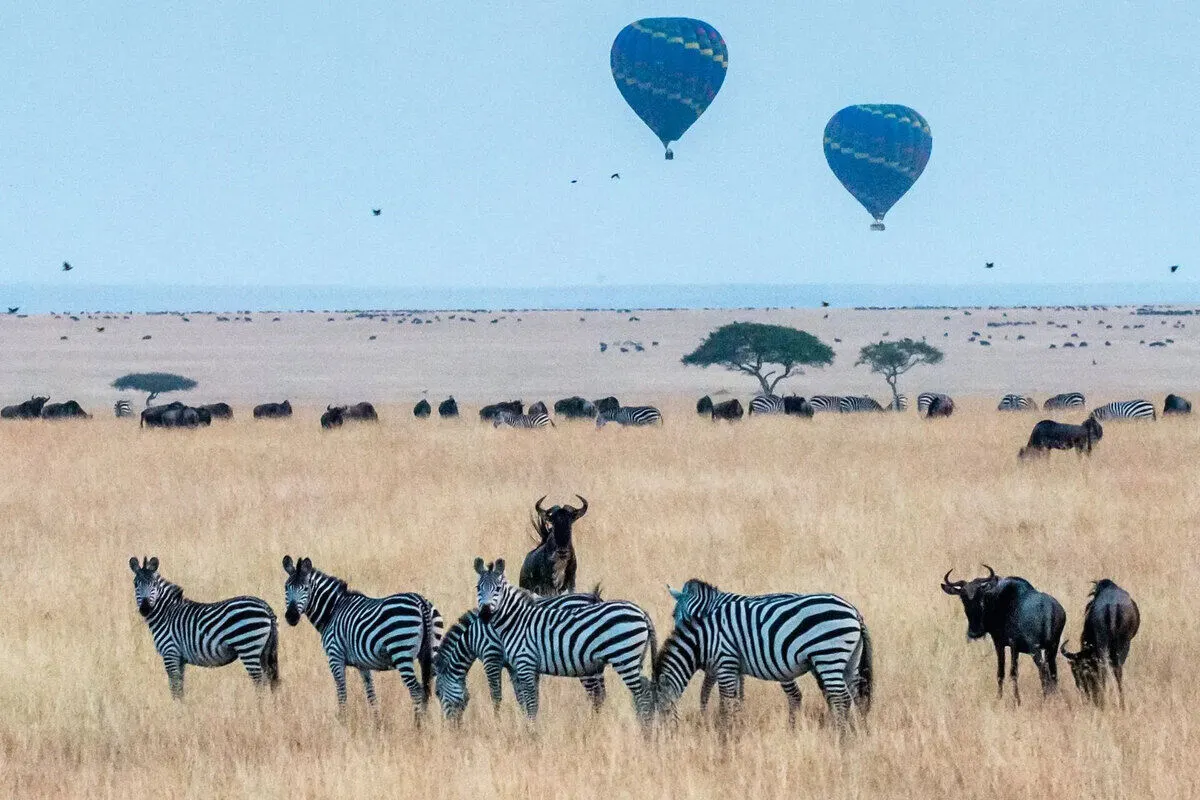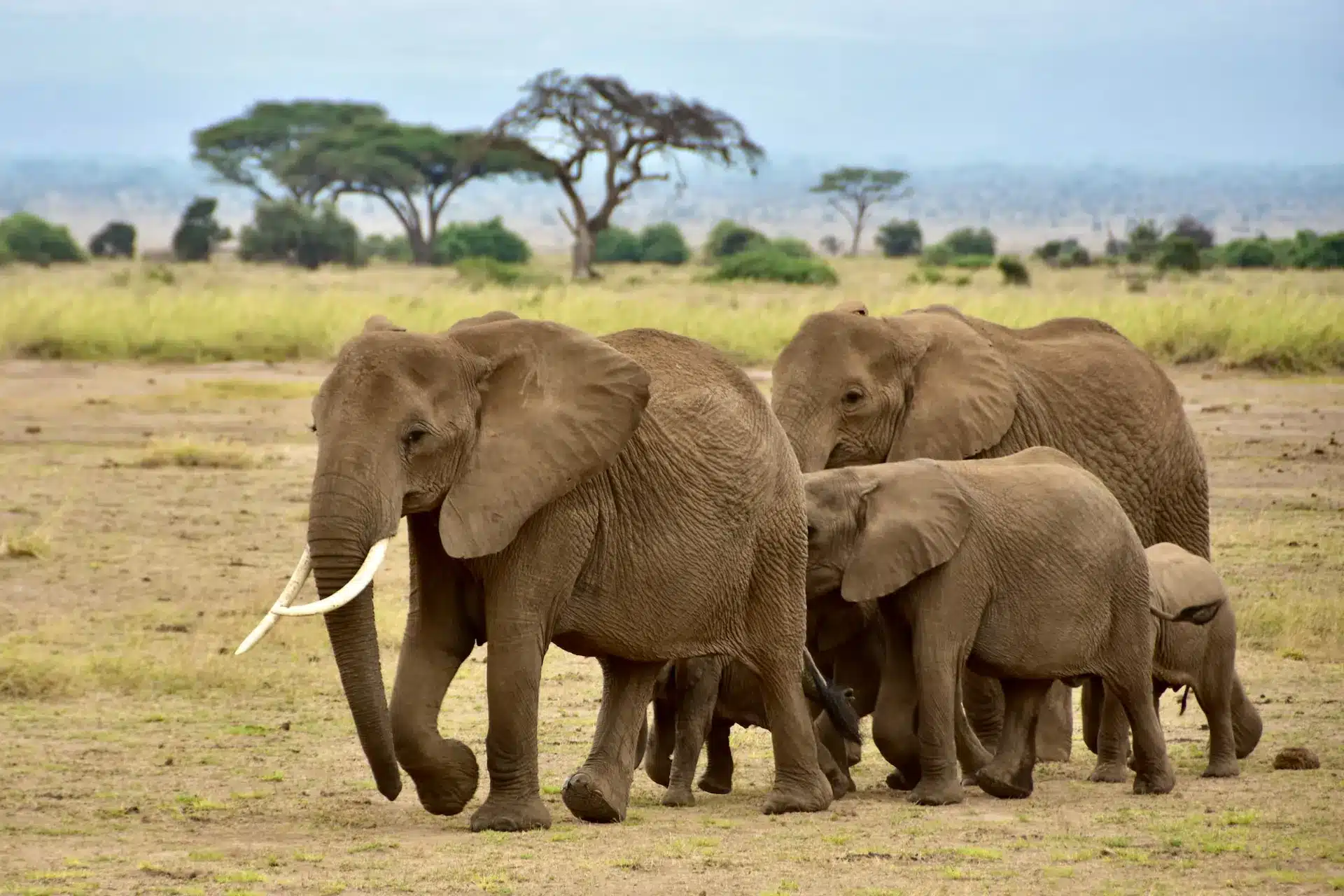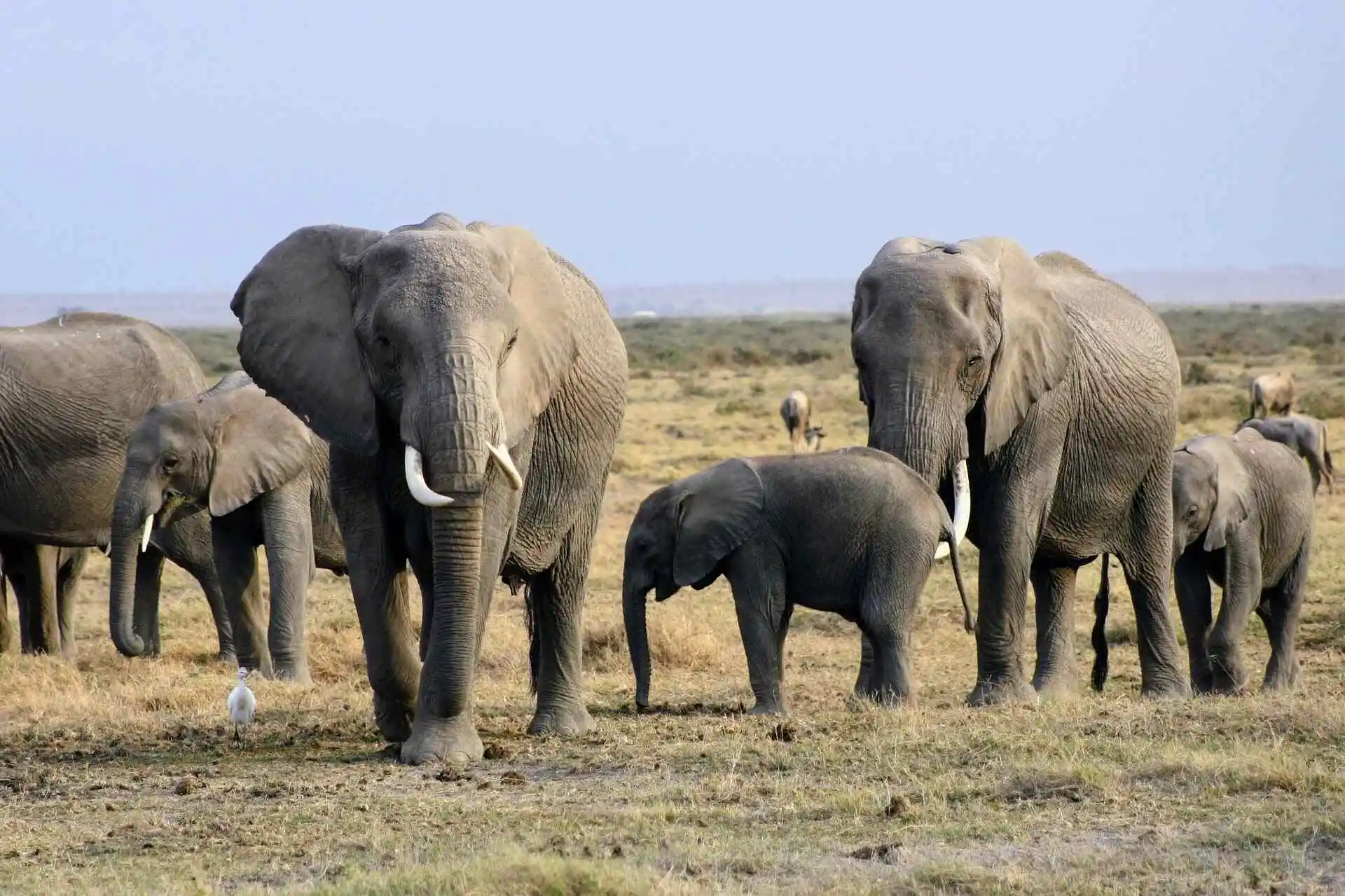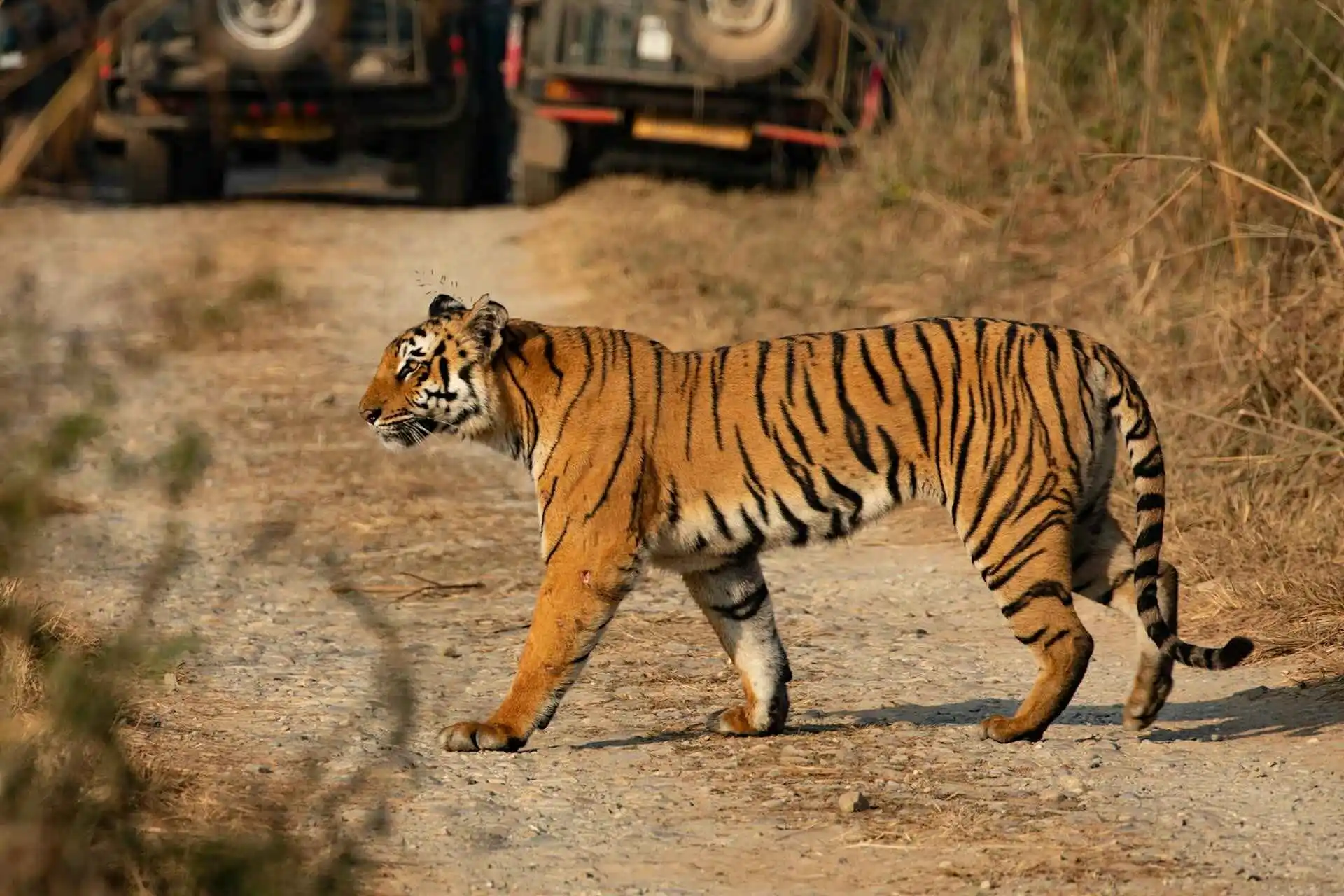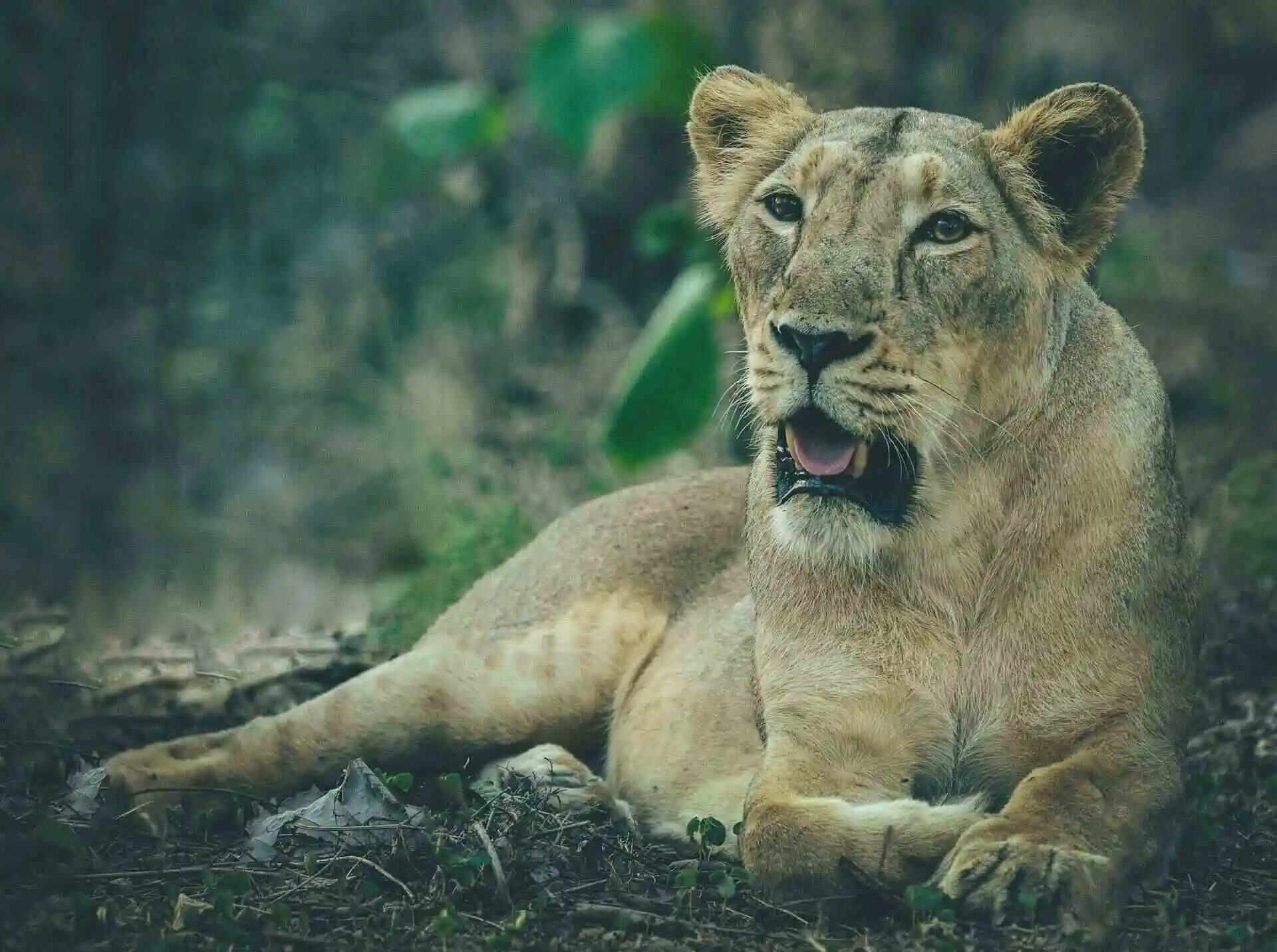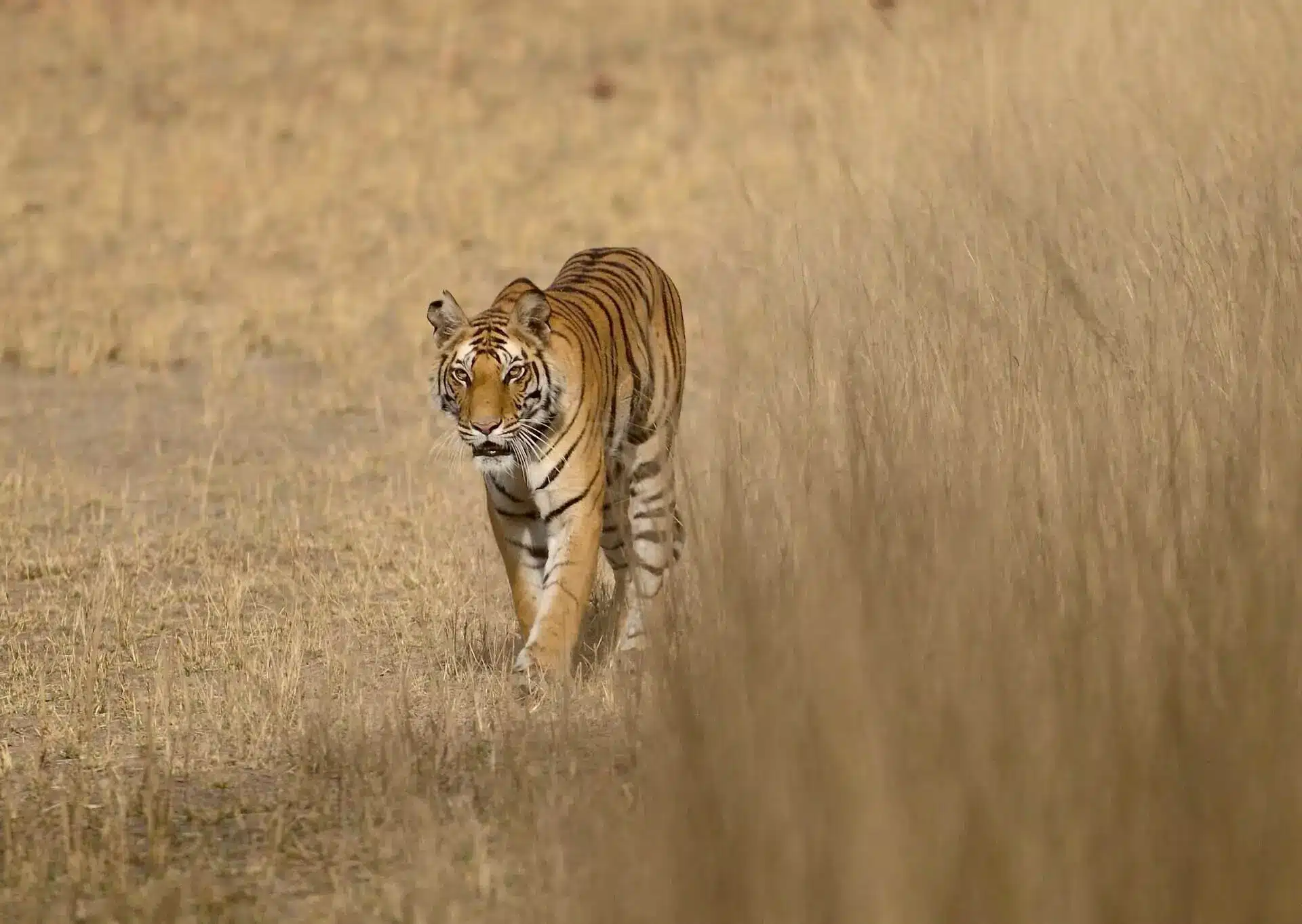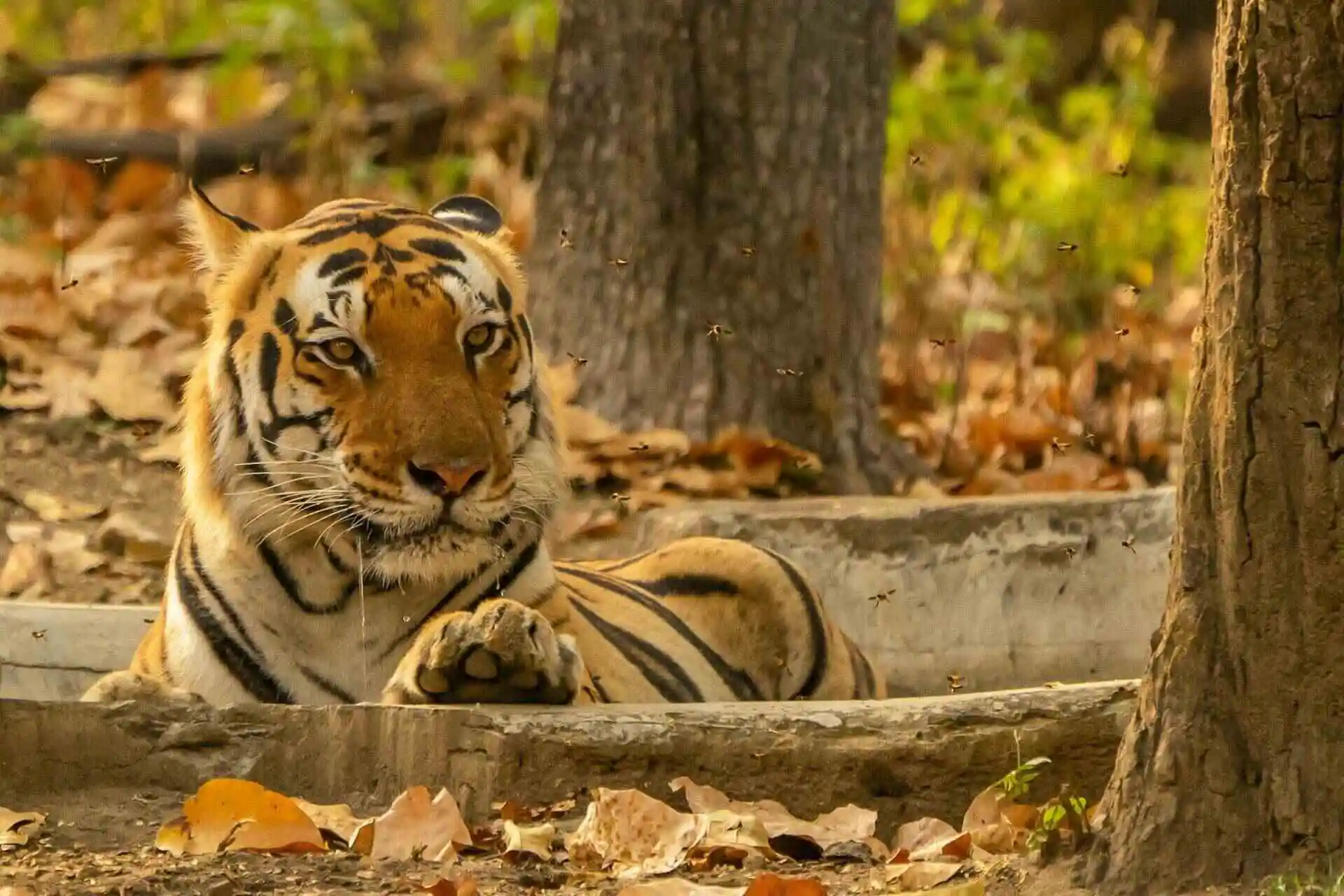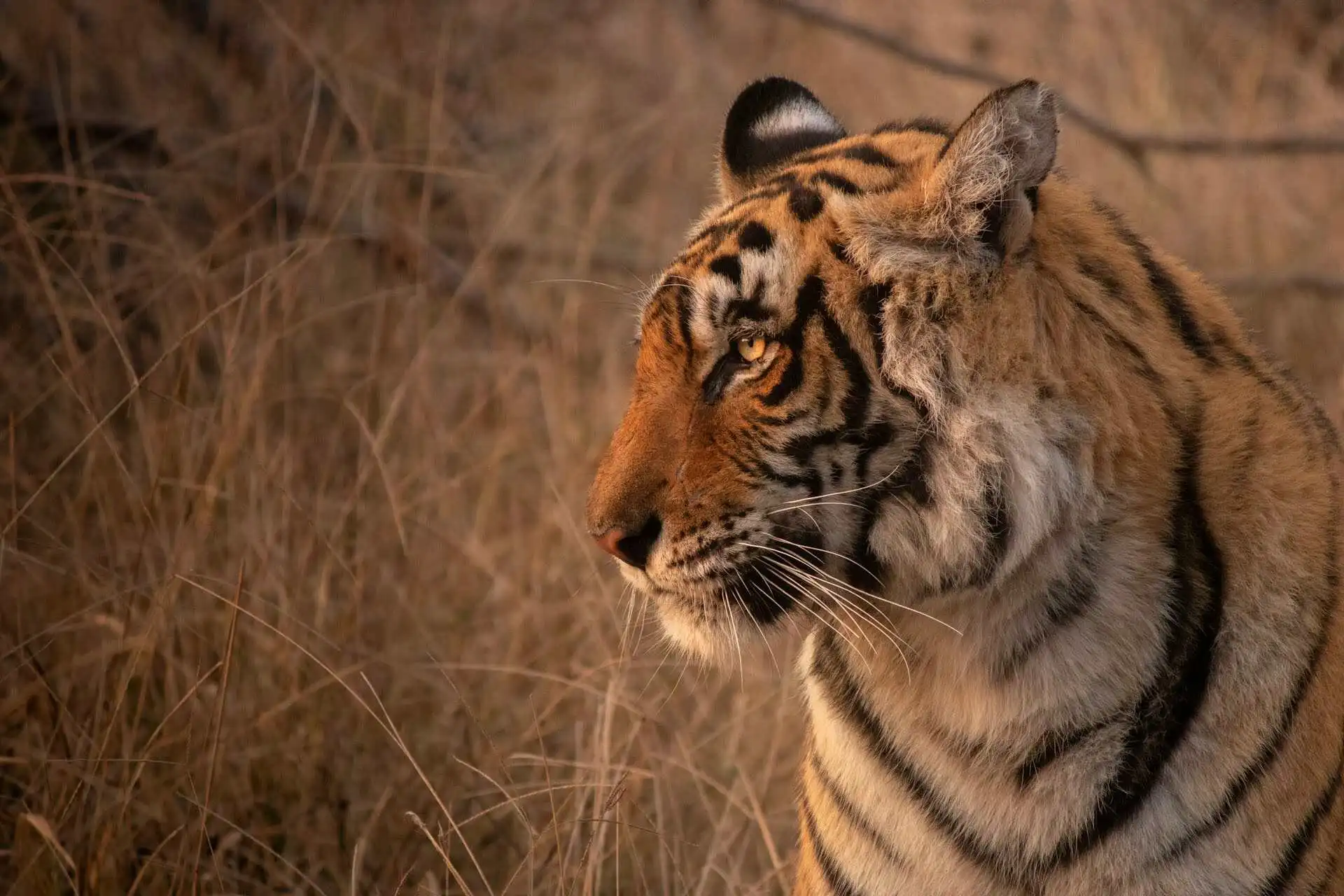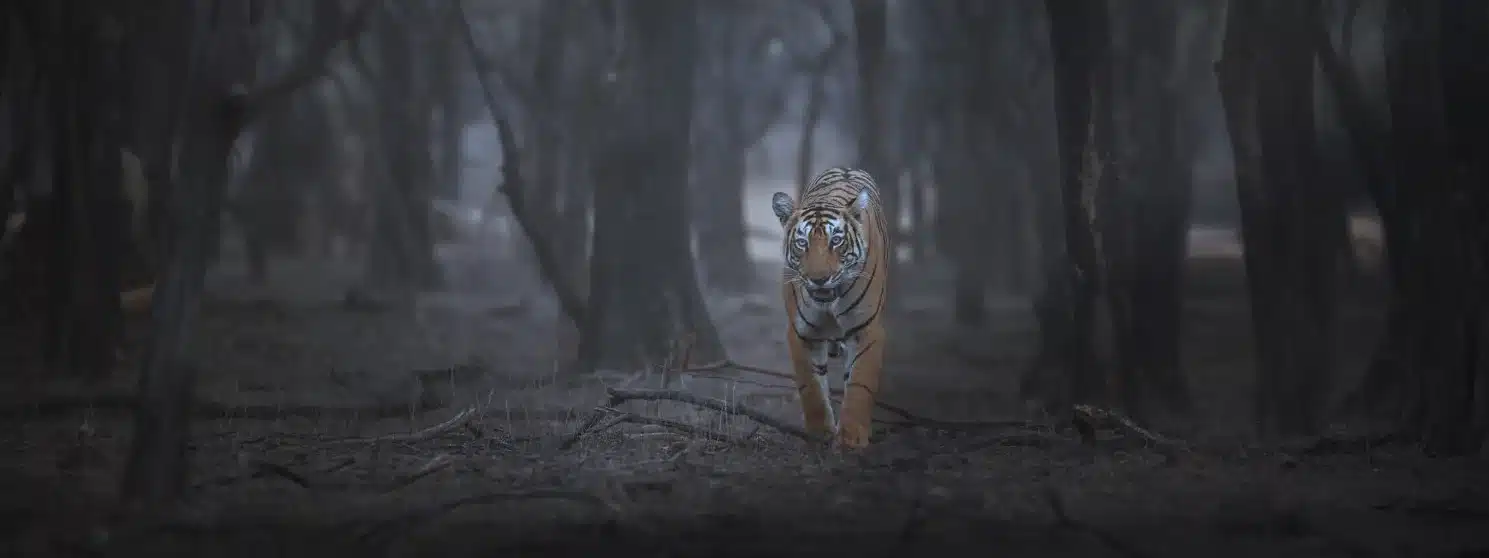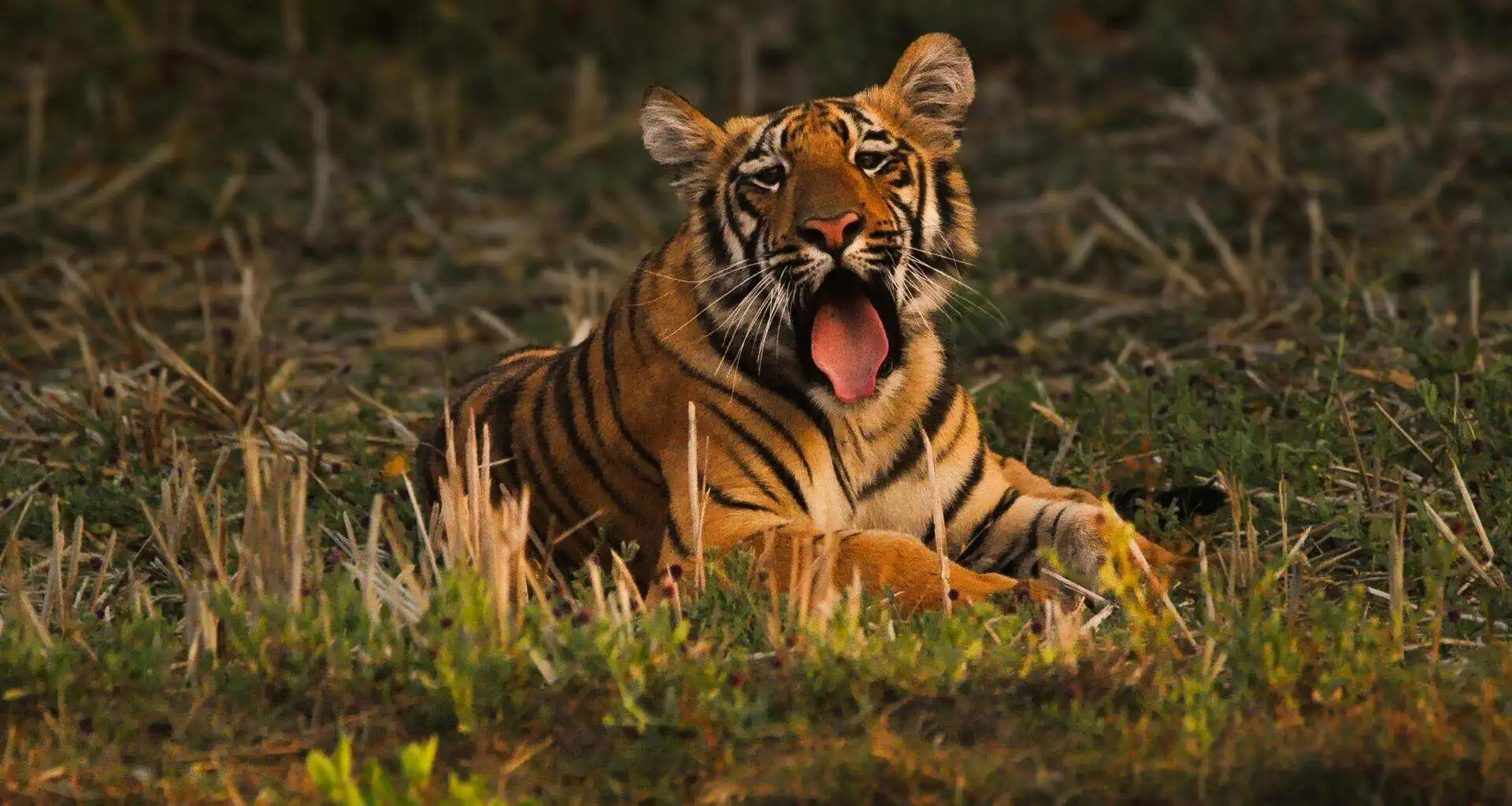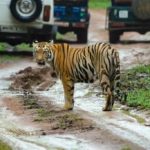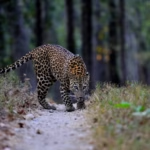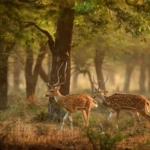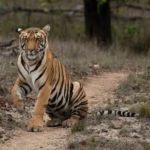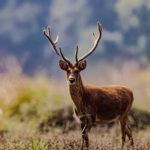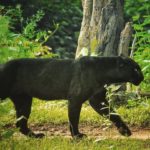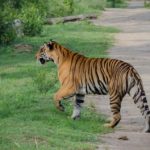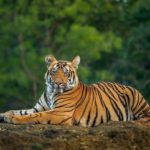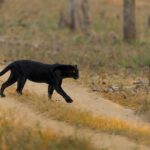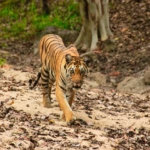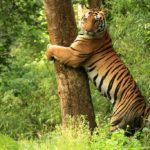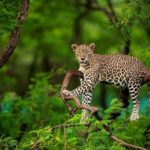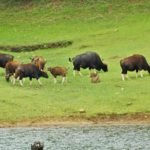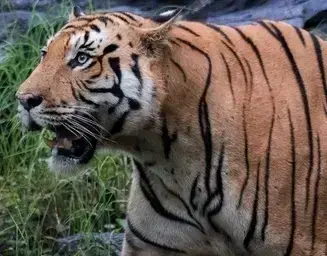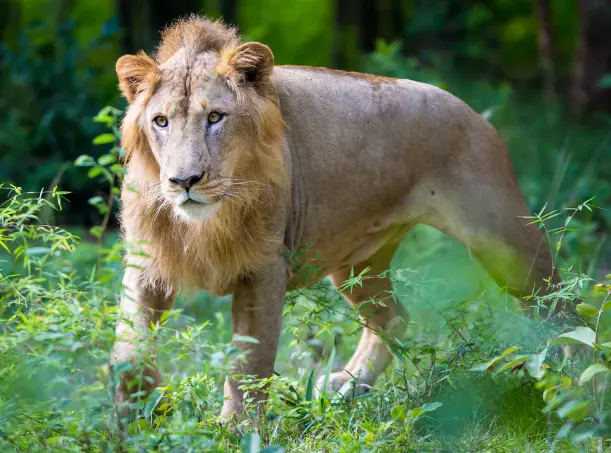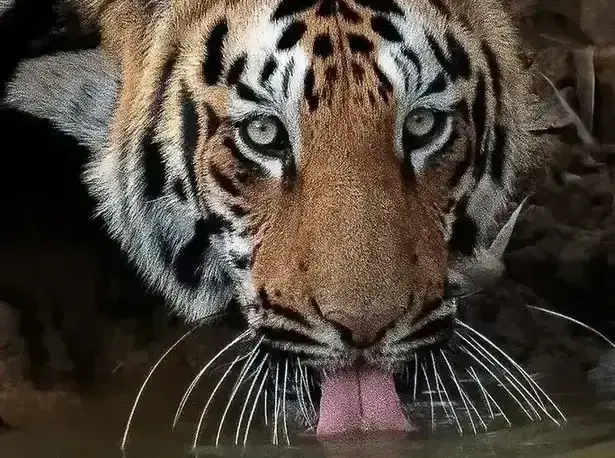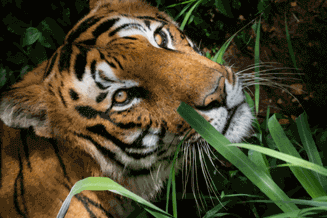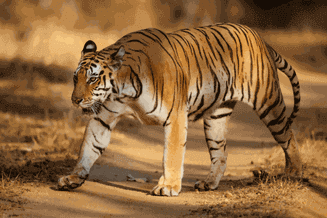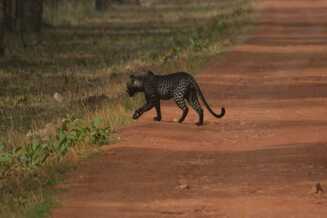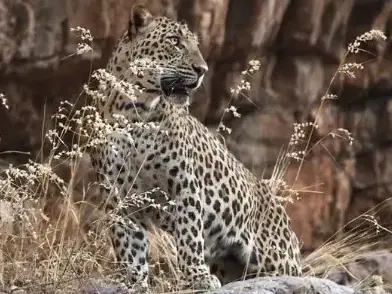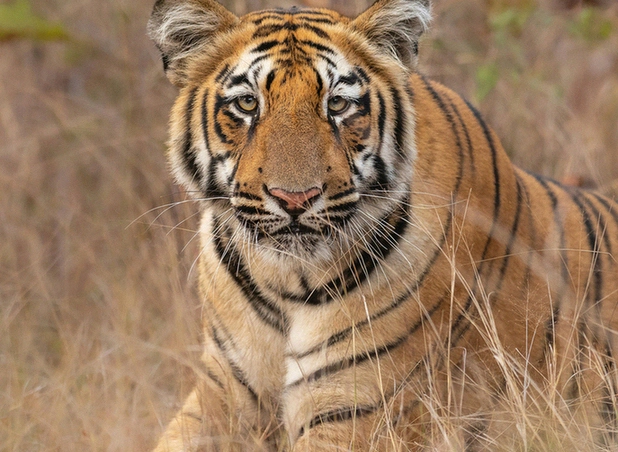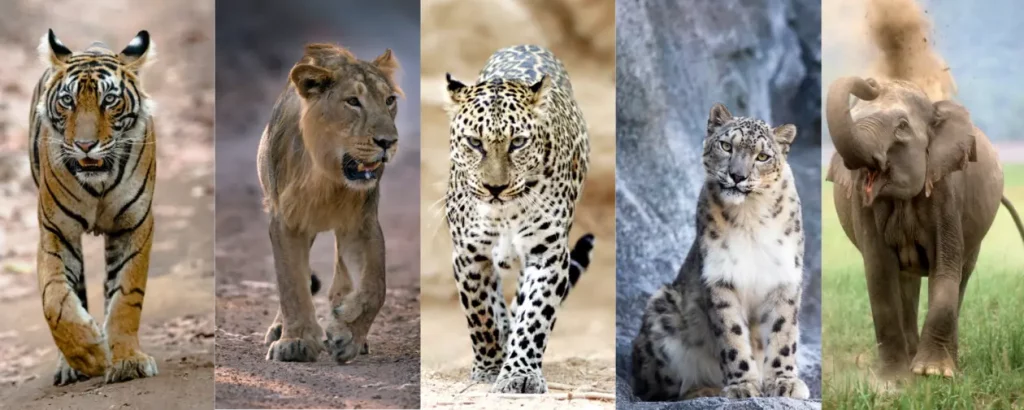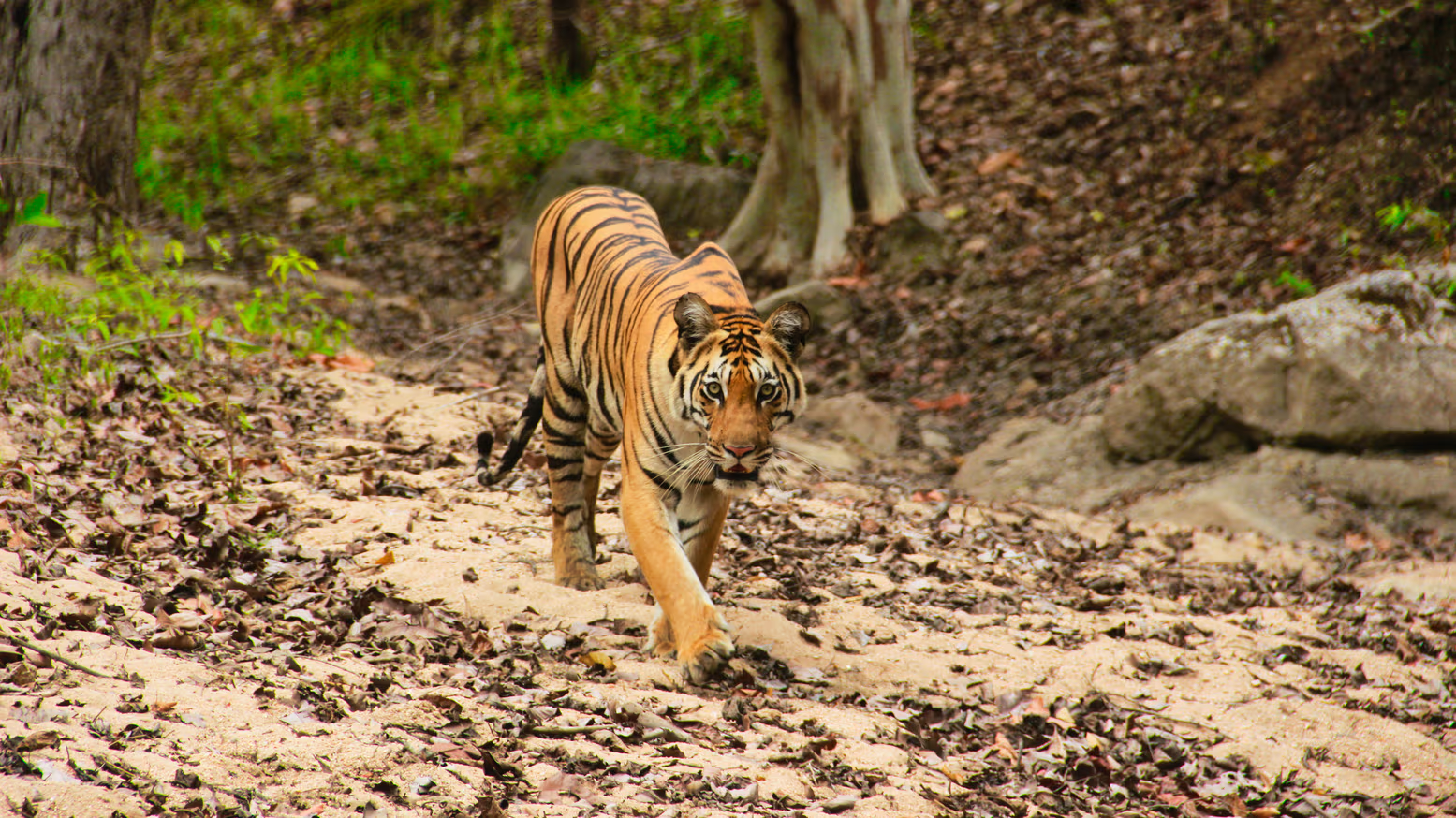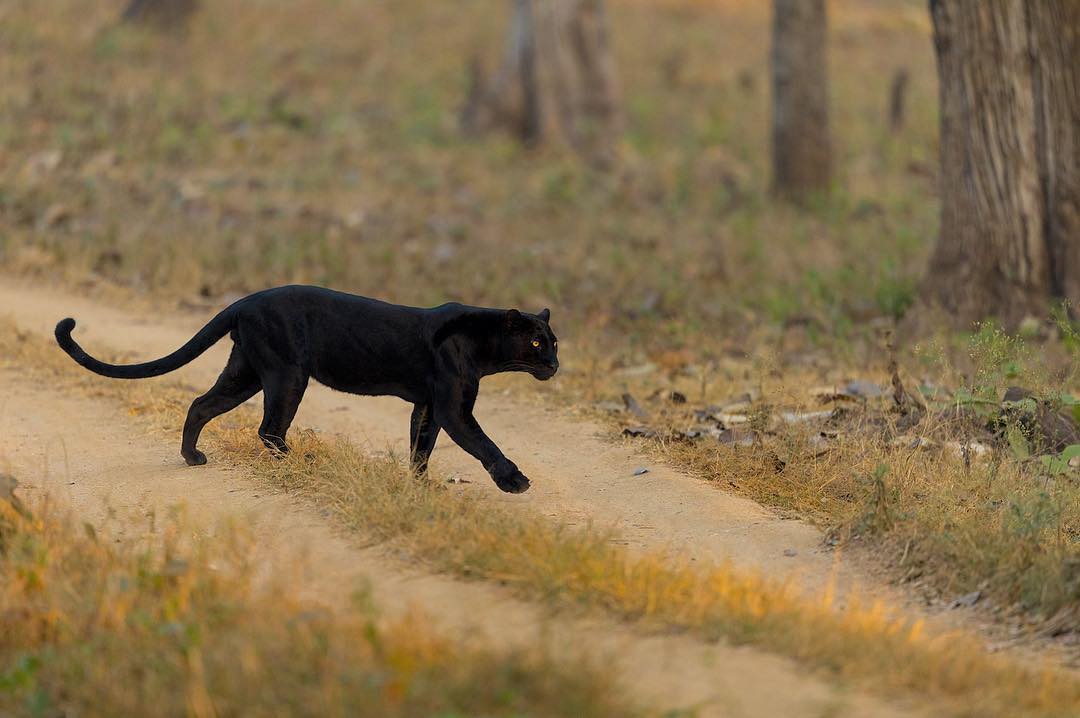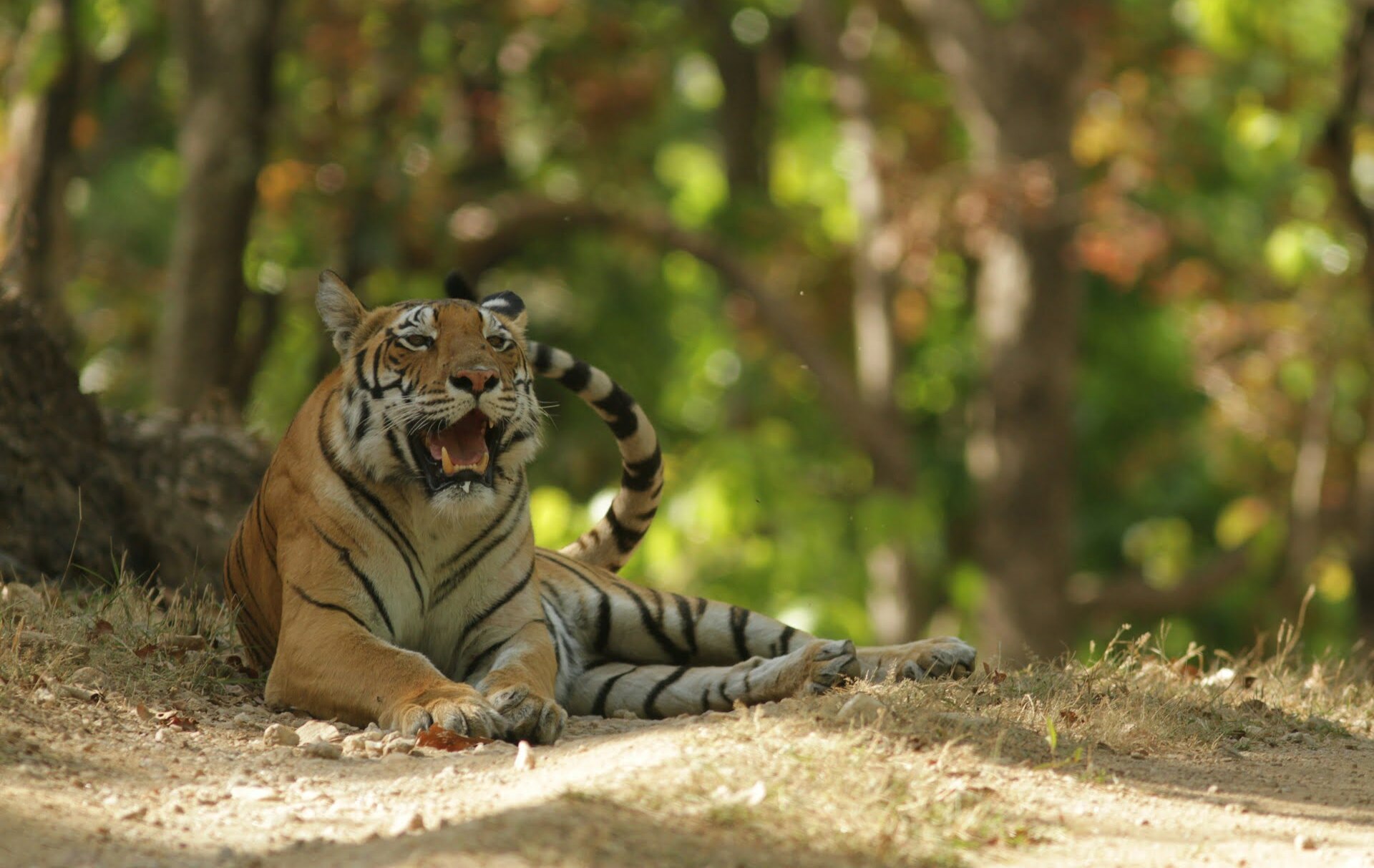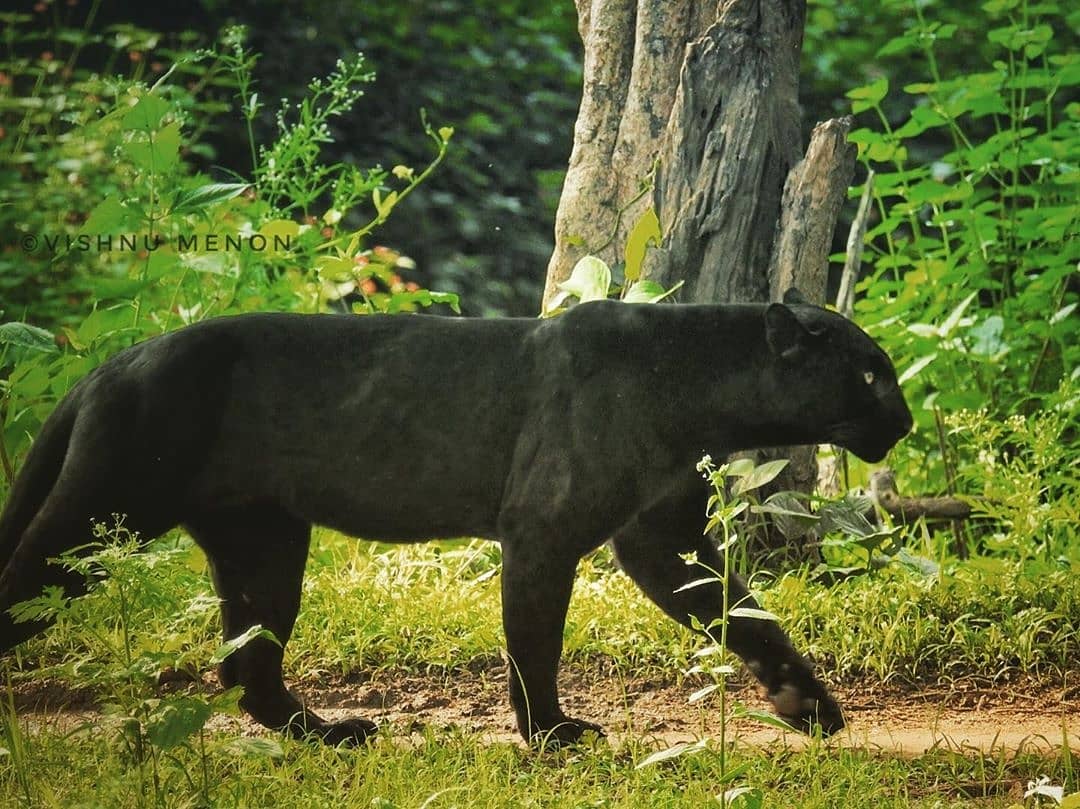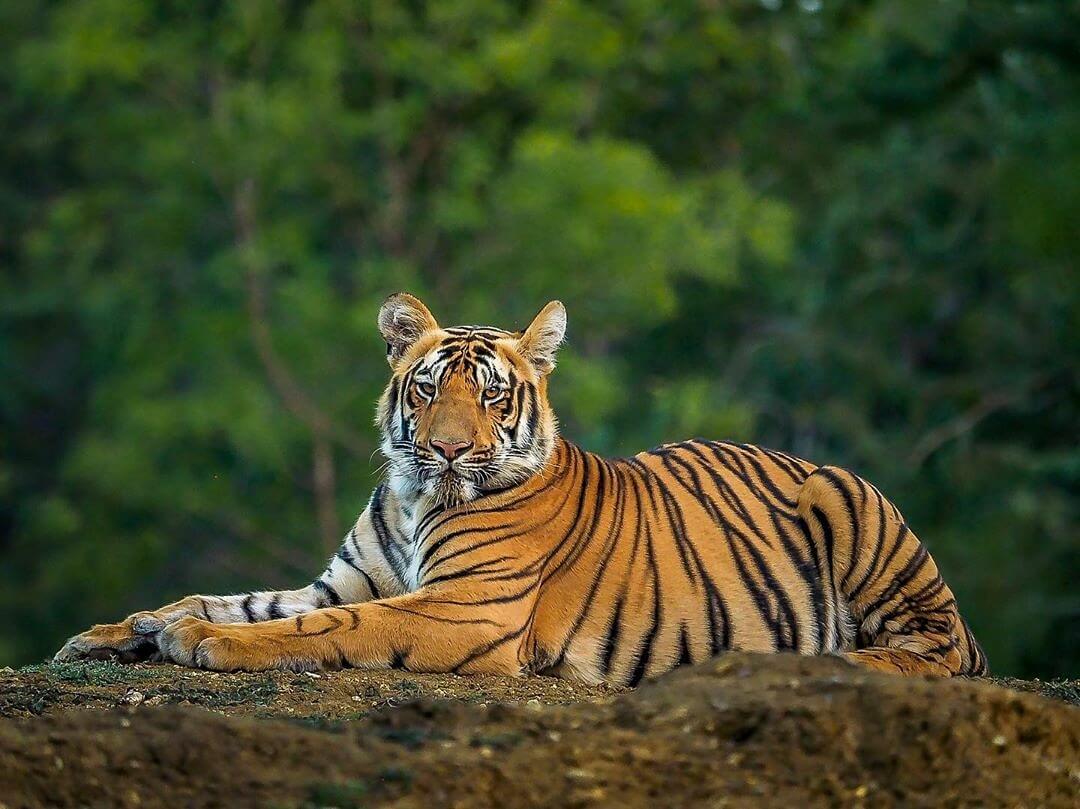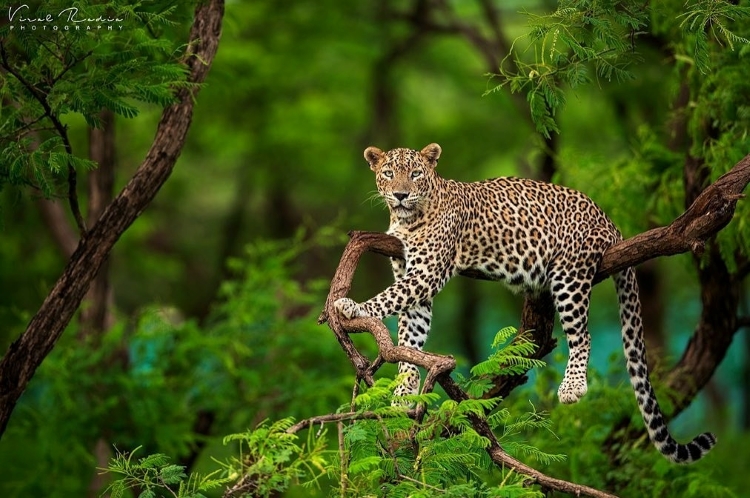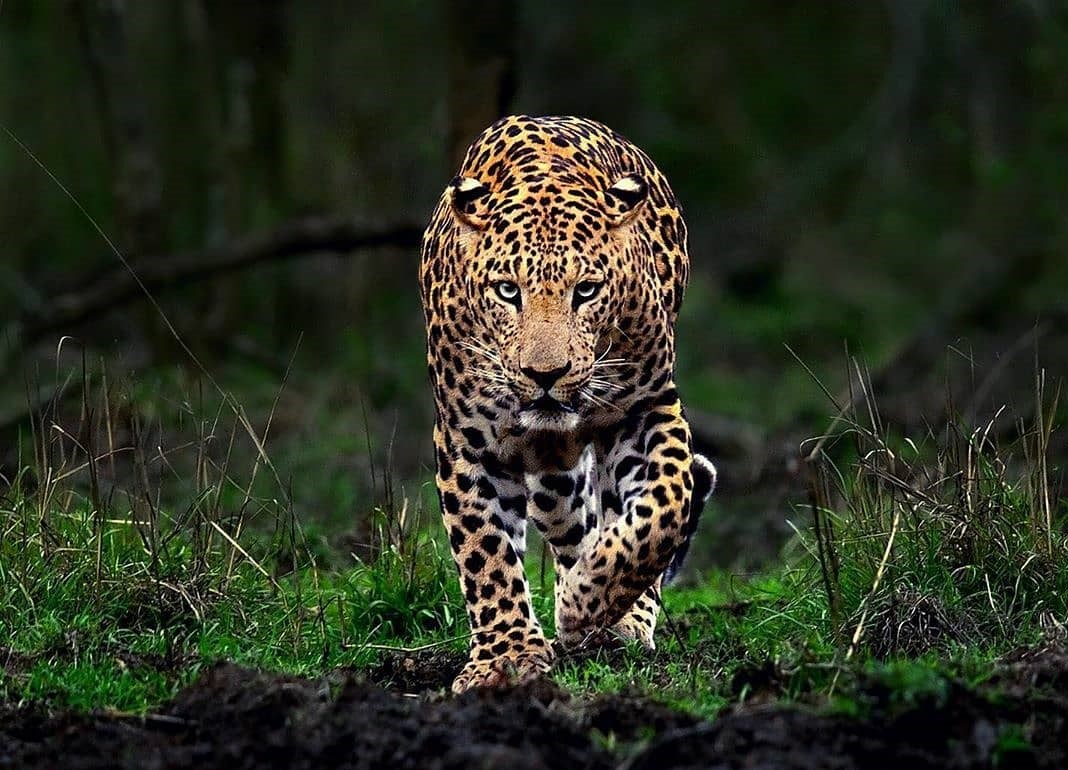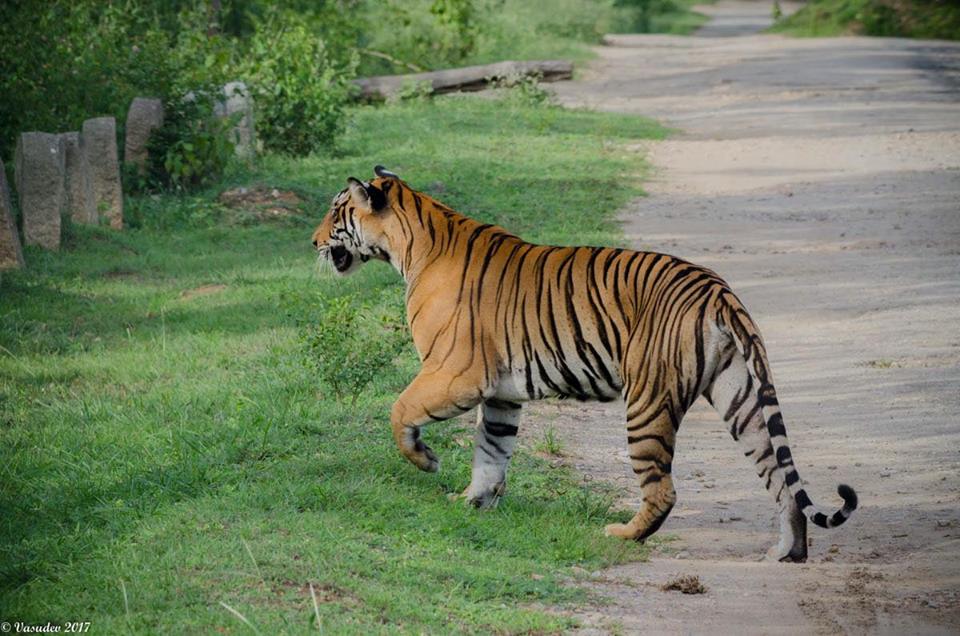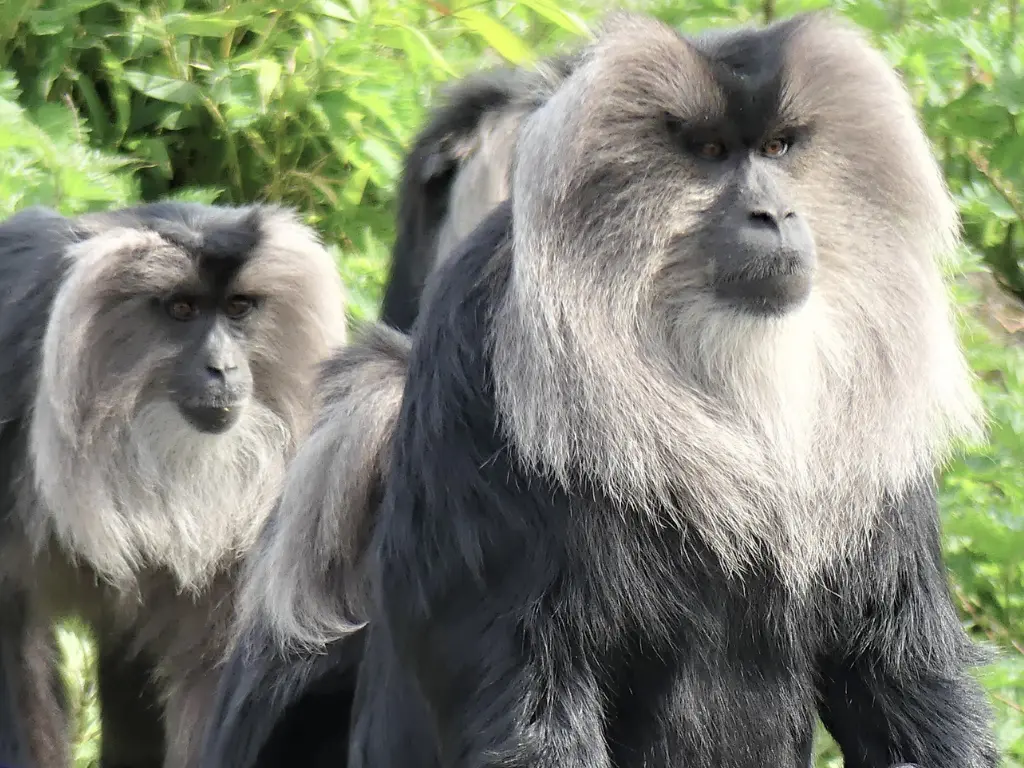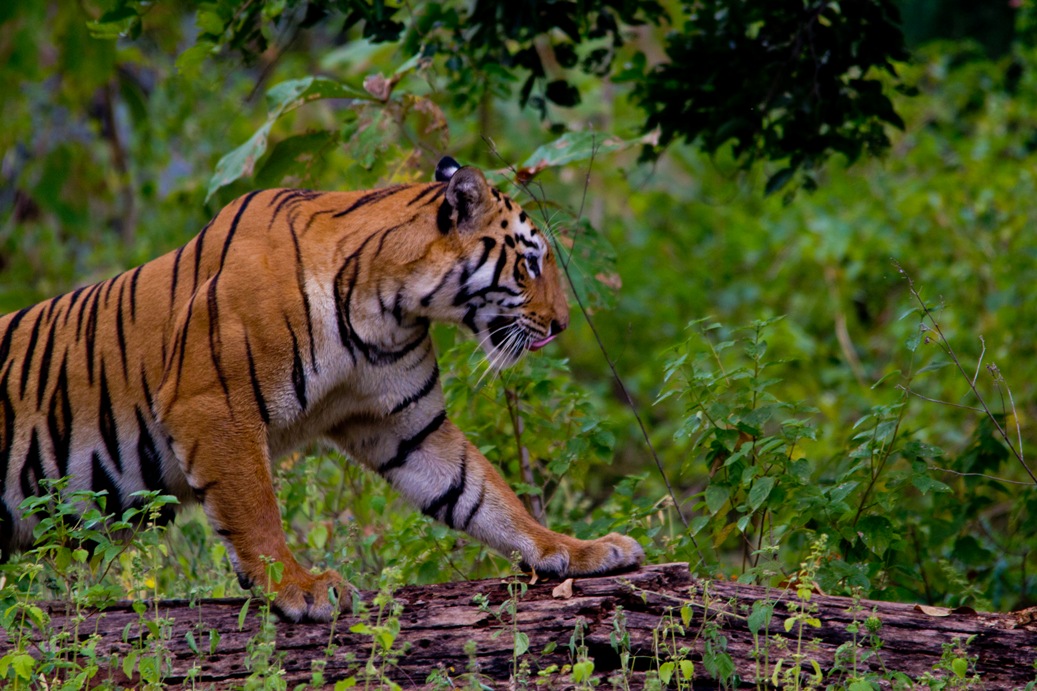Ever found yourself staring at a big cat photo, wondering if you’re looking at a leopard, cheetah, jaguar, or the mysterious black panther? You’re definitely not alone! These magnificent felines often get mixed up, even by wildlife enthusiasts. But once you know what to look for, telling them apart becomes surprisingly easy. Let’s dive into the fascinating world of these spotted superstars and clear up the confusion once and for all.
Physical Appearance – Spotting the Differences
Leopard: Picture a perfectly balanced athlete with a gorgeous golden coat covered in rosettes – those flower-like spot patterns. Leopards have muscular, compact bodies built for both power and agility. Their rosettes are smaller and more tightly packed than their jaguar cousins, and they don’t usually have spots inside the rosettes.
Cheetah: You can spot a cheetah instantly by those distinctive black “tear marks” running from their eyes to their mouth. They’re the runway models of the big cat world – tall, slender, and built for speed. Their coat features solid black spots (not rosettes) scattered across a golden-yellow background. Everything about a cheetah screams “built for racing.”
Jaguar: These are the bodybuilders of the spotted cat family! Jaguars sport large, bold rosettes with spots inside them, like a target pattern. Their golden coat is similar to a leopard’s, but their stocky, muscular build makes them look incredibly powerful. They have broader heads and stronger jaws than their spotted relatives.
Black Panther: Here’s where it gets interesting – a black panther isn’t actually a separate species! They’re either melanistic (extra dark pigment) leopards or jaguars. In bright sunlight, you can still see their rosette patterns hiding beneath that sleek black coat. It’s like nature’s own shadow version of these beautiful cats.
Speed Champions vs Strength Masters
Cheetah’s incredible speed records: Cheetahs are absolute speed demons, reaching 70 mph in just 3 seconds. They’re the fastest land animals on Earth, but this speed comes with a trade-off – they can only maintain it for short bursts of 20-30 seconds before overheating.
Leopard’s climbing abilities: Leopards are the acrobats of the big cat world. They can haul prey twice their body weight straight up a tree trunk! You’ll often spot leopards lounging on tree branches during the day, something jaguars and cheetahs simply can’t do as skillfully.
Jaguar’s powerful bite force: Jaguars pack the strongest bite of any big cat – strong enough to crack turtle shells and caiman skulls! Their bite force measures around 1,500 PSI, nearly twice that of a leopard. This incredible jaw strength makes them apex predators in their territories.
Black panther’s stealth advantages: That jet-black coat gives melanistic leopards and jaguars incredible camouflage advantages, especially during night hunts. They become practically invisible in dense forests and shadows, making them incredibly effective ambush predators.
Where You’ll Find Each Big Cat
Cheetah habitats: Most cheetahs roam the African savannas, preferring open grasslands where they can use their speed advantage. India has a tiny population of Asiatic cheetahs, though they’re extremely rare. These cats need wide-open spaces to chase down prey.
Tours where you can spot Cheetah in the wild
Leopard territories: Leopards are the ultimate adapters, living everywhere from African savannas to Asian rainforests, snowy mountains, and even urban fringes. In India, you can spot them in most national parks, making them one of the most widespread big cats.
Tours where you can spot Leopards in the wild
Jaguar homes: Jaguars rule the Central and South American rainforests, especially around water sources. They love dense jungle environments where their powerful build helps them navigate thick vegetation. The Amazon basin is their kingdom.
Black panther locations: Since black panthers are melanistic leopards or jaguars, you’ll find them wherever their regular-colored relatives live. However, melanism is more common in dense forest areas where the dark coat provides better camouflage.
Tours where you can spot Black Panther in the wild
Hunting Styles and Favorite Prey
Cheetah’s high-speed chases: Cheetahs are pursuit specialists who rely on explosive speed to catch prey in open areas. They target smaller antelope and gazelles, using their acceleration to run down victims in dramatic high-speed chases that rarely last more than a minute.
Leopard’s ambush techniques: Leopards are patient, stealthy hunters who prefer ambushing prey from trees or thick cover. They’ll hunt everything from small birds to medium-sized antelope, adapting their techniques based on available prey. Their stealth game is absolutely incredible.
Jaguar’s water hunting skills: Unlike most cats, jaguars love water and are excellent swimmers. They hunt caimans, fish, and even anacondas in rivers and wetlands. Their powerful jaws let them crush turtle shells and pierce thick caiman hide – skills their spotted cousins don’t possess.
How black coloration affects hunting: The dark coat gives black panthers a significant advantage during night hunts and in dense forest environments. They can move like shadows, making them even more effective ambush predators than their spotted relatives.
Behavior and Temperament
Solitary nature: All four cats are primarily solitary, though their social behaviors vary slightly. Cheetahs sometimes form small groups (especially males), while leopards and jaguars are strictly solo operators except during mating season.
Territorial differences: Jaguars hold the largest territories, especially males who can claim areas over 100 square kilometers. Leopards have smaller but well-defined territories, while cheetahs have the largest home ranges due to their prey’s migration patterns.
Vocalizations and communication: Here’s a fun fact – cheetahs can’t roar! They chirp, purr, and make bird-like sounds instead. Leopards and jaguars both roar, but jaguars have a deeper, more guttural roar that sounds almost like a saw cutting wood.
Adaptations and Survival Techniques
Climbing, swimming, and running abilities: Leopards are the best climbers, jaguars excel at swimming, and cheetahs dominate running. Each cat has evolved specific physical traits for their preferred activities – leopards have powerful shoulder muscles, jaguars have webbed paws, and cheetahs have enlarged hearts and lungs.
Hunting adaptations: Cheetahs have semi-retractable claws for traction during high-speed chases. Leopards possess incredibly strong neck muscles for hauling prey up trees. Jaguars have evolved massive jaw muscles and skull bones to deliver their bone-crushing bites.
Camouflage and nocturnal traits: All these cats are primarily nocturnal or crepuscular (active during dawn and dusk). Their spotted patterns break up their outline in dappled light, while black panthers become nearly invisible in shadows.
Black Panther – Not a Separate Species
What exactly is a black panther? A black panther is simply a leopard or jaguar with melanism – a genetic condition that produces excess black pigment. It’s like the opposite of albinism, where animals lack pigment.
Melanism in leopards vs jaguars: Both species can produce melanistic offspring, but it’s more common in jaguars from dense forest environments. The gene for melanism is dominant in jaguars but recessive in leopards.
Why some cats turn black: Melanism likely evolved as an adaptation to dense forest environments where dark coloration provides better camouflage. It’s nature’s way of creating the perfect shadow hunter.
Spotting the hidden rosettes: In bright sunlight, you can still see the rosette patterns beneath a black panther’s dark coat. The patterns are there – they’re just masked by the excess black pigment.
Differences between black jaguars and black leopards: Black jaguars are typically more muscular and stockier than black leopards. You can also identify them by their habitat – if you see a black panther swimming or in Central/South America, it’s likely a jaguar. In Africa or Asia, it’s probably a leopard.
Survival Status and Conservation
Cheetah’s critically endangered status: Cheetahs face the most serious threats, with only about 7,000 left in the wild. They’ve lost 90% of their historic range, making them one of Africa’s most endangered big cats.
Leopard population trends: Leopards are more stable but still declining in many regions. Their adaptability helps them survive in various habitats, but habitat loss and human conflict remain major threats.
Jaguar conservation challenges: Jaguars have lost about half their original territory due to deforestation and cattle ranching. They’re particularly vulnerable because they need large territories and specific habitat conditions.
Protection efforts for each species: Conservation programs focus on habitat protection, human-wildlife conflict reduction, and anti-poaching efforts. Cheetah reintroduction programs are also underway in several countries, including India’s recent cheetah project.
Common Myths and Mix-ups
Why people confuse these cats: The spotted coats are the main culprit! Most people don’t notice the subtle differences in rosette patterns, body builds, or facial features that make each species unique.
Movie misconceptions about black panthers: Hollywood often portrays black panthers as a separate, more dangerous species. In reality, they’re just regular leopards or jaguars with different coloring – no more aggressive or mysterious than their spotted relatives.
Size assumptions that are wrong: Many people think jaguars are smaller than leopards because they’re less familiar with them. Actually, jaguars are significantly larger and more muscular than leopards.
Speed myths debunked: While cheetahs are incredibly fast, they’re actually quite fragile compared to other big cats. Their lightweight build makes them vulnerable to injury, and they often lose kills to stronger predators.
Quick Comparison Table
| Feature | Cheetah | Leopard | Jaguar | Black Panther |
|---|---|---|---|---|
| Size | 77-143 lbs | 60-200 lbs | 120-300 lbs | Same as base species |
| Speed | Up to 70 mph | Up to 36 mph | Up to 50 mph | Same as base species |
| Build | Lean, lightweight | Muscular, compact | Stocky, powerful | Same as base species |
| Coat Pattern | Solid black spots | Small rosettes | Large rosettes with spots | Hidden rosettes |
| Habitat | Open savannas | Various (adaptable) | Dense forests/wetlands | Same as base species |
| Climbing | Poor | Excellent | Good | Same as base species |
| Swimming | Poor | Decent | Excellent | Same as base species |
| Bite Force | 400 PSI | 300-310 PSI | 1,500 PSI | Same as base species |
| Conservation Status | Vulnerable | Near Threatened | Near Threatened | Same as base species |
Understanding these magnificent cats helps us appreciate the incredible diversity within the big cat family. Each species has evolved unique adaptations for their specific environments and hunting styles. Whether you’re planning a safari with Big Cats India or just curious about wildlife, knowing these differences will make your next big cat encounter even more special.
Remember, every sighting of these beautiful predators is precious – they all face conservation challenges and need our protection. The next time you spot one of these incredible cats, you’ll know exactly which amazing predator you’re looking at!



